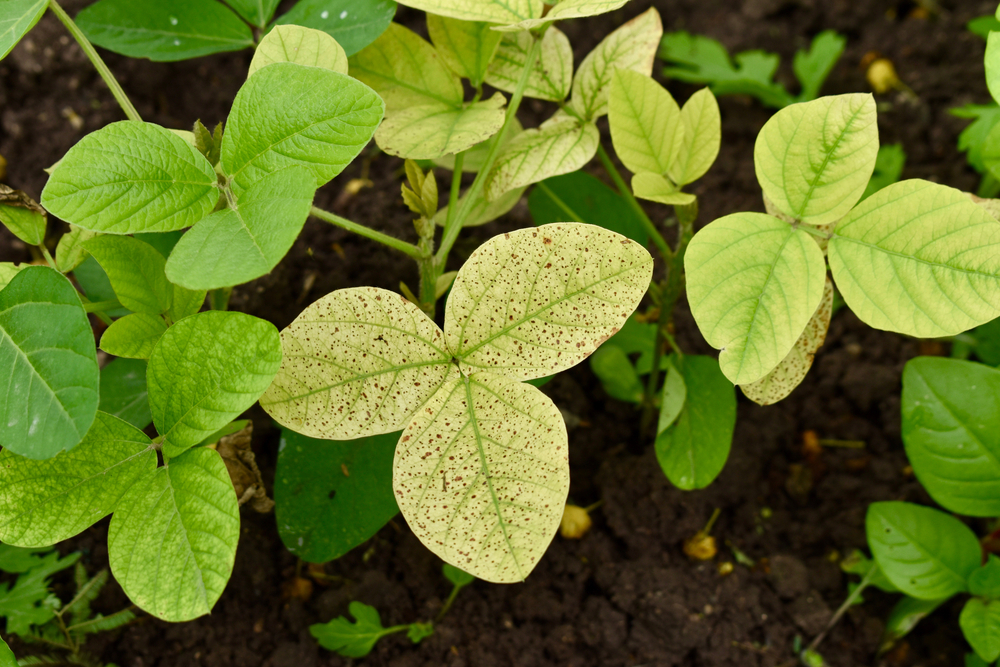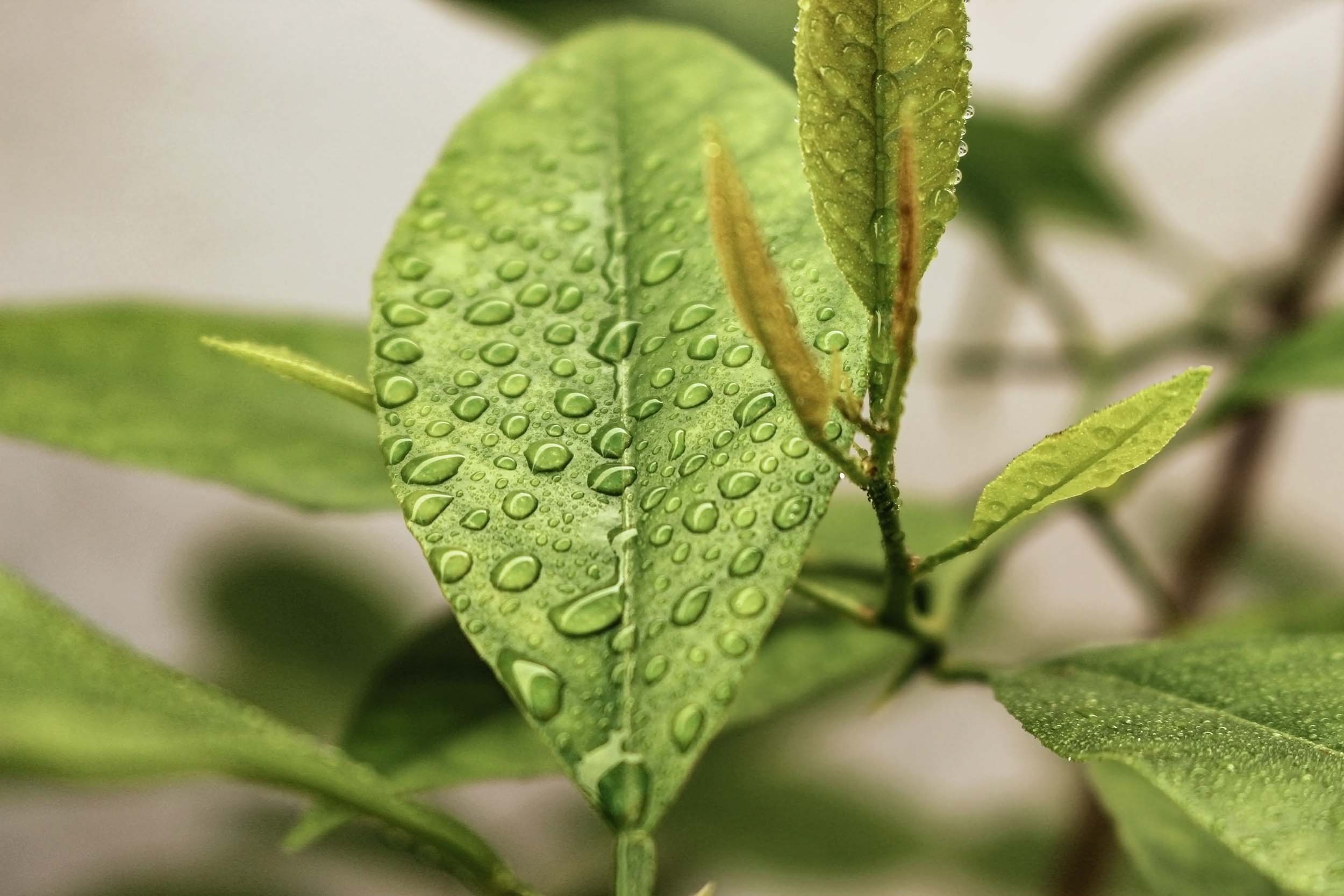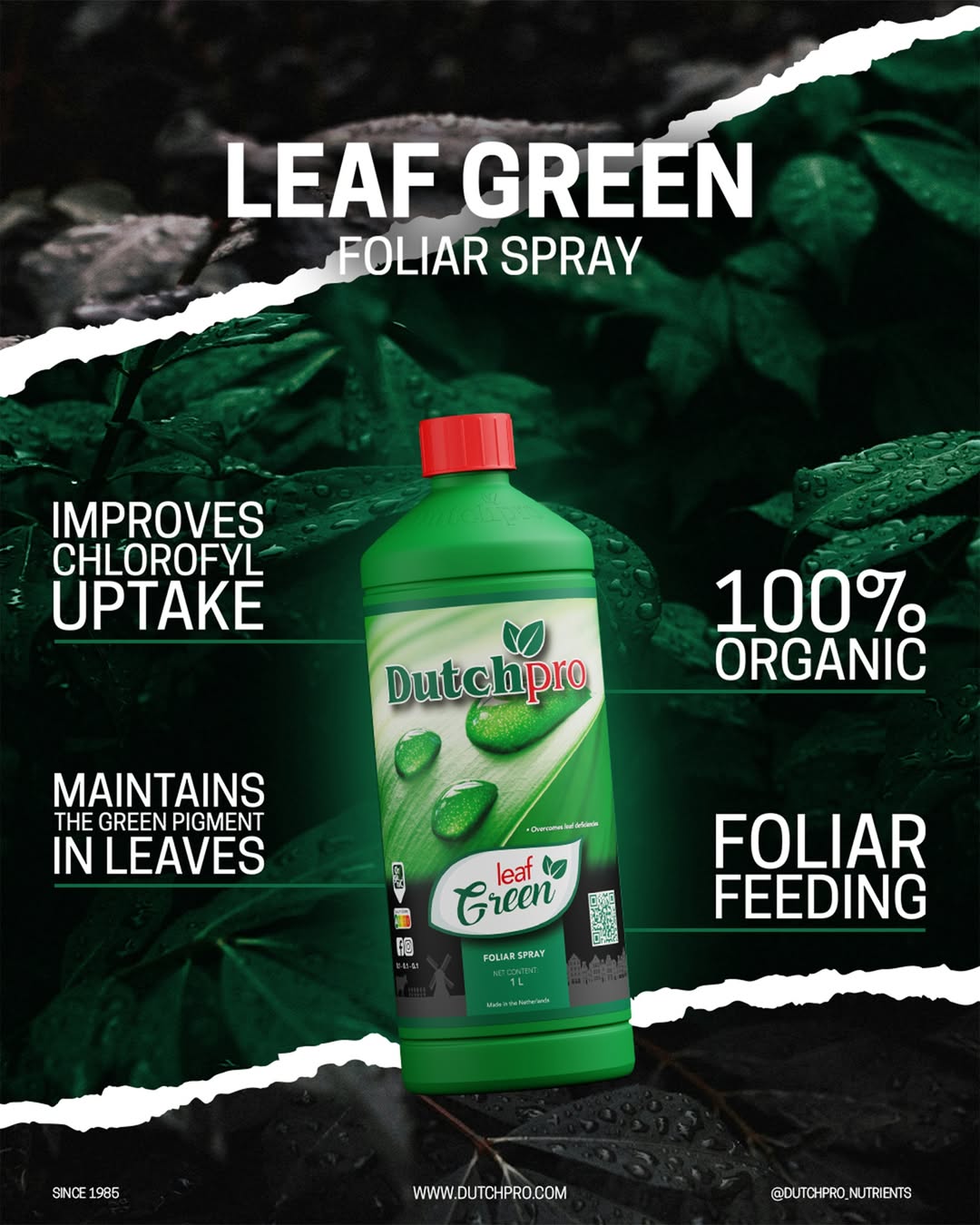Plant leaves are an important part of a plant’s anatomy. They are typically green in color and are responsible for photosynthesis, the process by which plants produce energy through the conversion of sunlight into sugar. Leaves are also responsible for transpiration, the process by which water is evaporated from the plant and released into the air. Leaves come in a variety of shapes and sizes, and the structure and function of leaves can vary depending on the type of plant.
In this article we will provide you with all the information you need about Stems. This is the Ultimate Guide about Stems
- General information
- The main function of the leaves
- Other functions of the leaves
- General leave color
- How to know your plant’s health trough the leaves
- Different type of leaves
- The use of dead leaves
2. The main function of leaves.
The main function of leaves is to produce energy through the process of photosynthesis. During photosynthesis, plants use energy from sunlight to convert carbon dioxide and water into glucose, a sugar that is used by the plant as a source of energy. Leaves contain chlorophyll, a green pigment that is essential for photosynthesis. Chlorophyll absorbs sunlight and uses it to convert carbon dioxide and water into glucose.
In addition to photosynthesis, leaves also play a number of other important roles in the life of a plant. They are responsible for transpiration, the process by which water is evaporated from the plant and released into the air. Leaves also help to regulate the temperature of the plant, protect it from the elements, and attract pollinators.

3. Other functions of the leaves.
In addition to photosynthesis, leaves have a number of other important functions, including:
Transpiration: Leaves are responsible for transpiration, the process by which water is evaporated from the plant and released into the air. This helps to regulate the temperature of the plant and cool it down during hot weather.
Protection: Leaves can provide protection for the plant, such as by shielding it from strong winds or intense sunlight.
Regulation of temperature: Leaves can help to regulate the temperature of the plant, keeping it cool during hot weather and warm during cold weather.
Attracting pollinators: Some plants have brightly colored or fragrant leaves that can help to attract pollinators, such as bees, butterflies, and hummingbirds.
Defense: Some plants have leaves that are equipped with thorns or other physical defenses to help protect them from herbivores or other animals.
Reproduction: In some plants, such as ferns and other spore-producing plants, the leaves are the primary site of reproduction, with spores being produced on the undersides of the leaves.

4. General leave color.
The general color of leaves is green. This is due to the presence of chlorophyll, a green pigment that is essential for photosynthesis, the process by which plants produce energy through the conversion of sunlight into sugar. Chlorophyll absorbs sunlight and uses it to convert carbon dioxide and water into glucose, a sugar that is used by the plant as a source of energy.
While green is the most common color of leaves, some leaves may be other colors, such as yellow, red, or orange. These colors may be due to other pigments present in the leaves, such as carotenoids (yellow and orange pigments) or anthocyanins (red and purple pigments). Some plants may also have leaves that are a combination of different colors, such as green and yellow or green and red.
5. How to know your plant’s health trough the leaves
There are a few key signs that you can look for in the leaves of your plant to help determine its health:
Color: The color of a plant’s leaves can be an indication of its health. Healthy leaves are typically green, although some plants may have leaves that are yellow, red, or other colors. If the leaves of your plant are pale or yellow, it may be a sign that the plant is not getting enough light or that it is suffering from a nutrient deficiency. On the other hand, if the leaves are dark green or have a yellow or orange cast, it may be a sign that the plant is getting too much light or that it is suffering from a nutrient excess.
Size and shape: The size and shape of a plant’s leaves can also be an indication of its health. Healthy leaves are typically full and uniform in size and shape. If the leaves of your plant are small or misshapen, it may be a sign that the plant is not getting enough light or nutrients.
Condition: The condition of a plant’s leaves can also be an indication of its health. Healthy leaves are typically firm and free of blemishes or discoloration. If the leaves of your plant are wilted, spotted, or otherwise damaged, it may be a sign that the plant is not healthy.
Growth: The rate of growth of a plant’s leaves can also be an indication of its health. Healthy plants typically produce new leaves

6. Different types of leaves
There are several different types of leaves that can be found on plants. Some of the most common types of leaves include:
Simple leaves: Simple leaves are undivided and have a single leaf blade attached to the stem. They are found on a wide variety of plants, including many trees, shrubs, and herbs.
Compound leaves: Compound leaves are divided into multiple leaflets that are attached to a single leaf stem. They are found on a wide variety of plants, including.
Lobed leaves: Lobed leaves have rounded or pointed projections along their margins. They are found on a wide variety of plants.
Pinnate leaves: Pinnate leaves are compound leaves that are arranged along a central axis. They are found on a wide variety of plants.
Palmate leaves: Palmate leaves have leaflets that are arranged in a circular or hand-like pattern around the leaf stem. They are found on a wide variety of plants, including many trees and shrubs.
Serrated leaves: Serrated leaves have teeth or saw-like projections along their margins. They are found on a wide variety of plants.
- The use of dead leaves
Dead leaves can be used for a variety of purposes. Some possible uses for dead leaves include:
1 Mulch: Dead leaves can be used as mulch around plants to help retain moisture in the soil, suppress weeds, and regulate soil temperature.
2 Compost: Dead leaves can be added to a compost pile, where they will break down over time and enrich the soil with nutrients.
3 Landscaping: Dead leaves can be used as a decorative element in landscaping, either as a ground cover or as part of a dry garden.
4 Animal bedding: Dead leaves can be used as bedding for animals, such as rabbits or guinea pigs.
5 Pest control: Dead leaves can be used to control pests, such as slugs and snails, by creating a physical barrier that the pests cannot pass through.
6 Art: Dead leaves can be used as a creative material for art projects, such as collages or other crafts.






